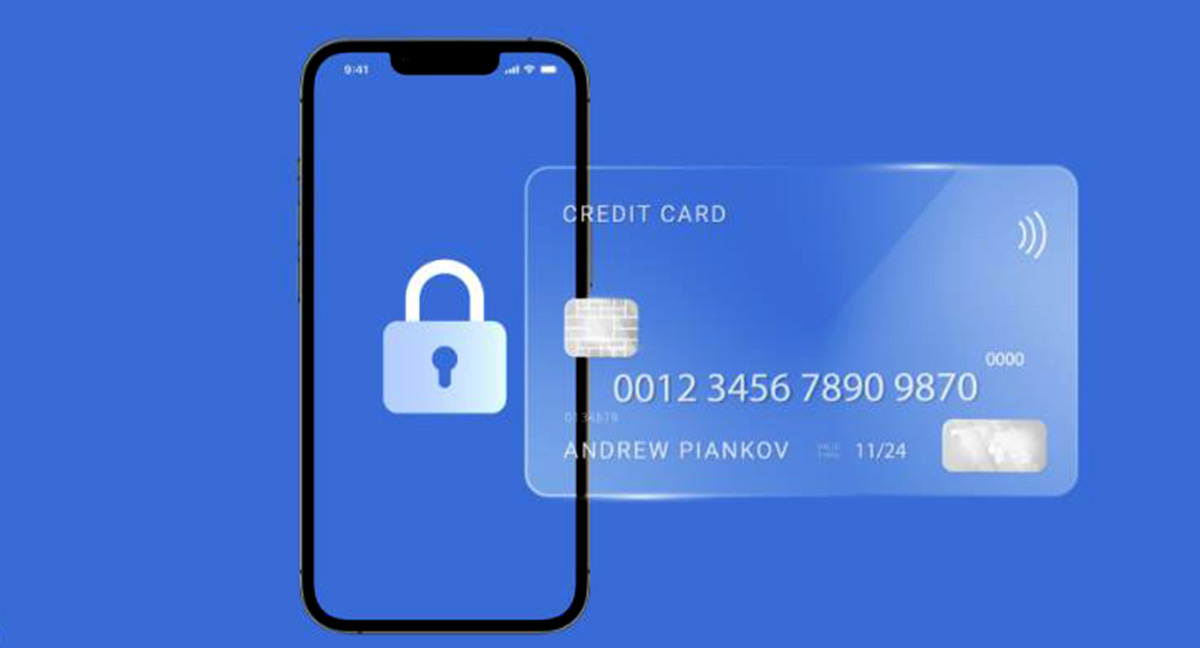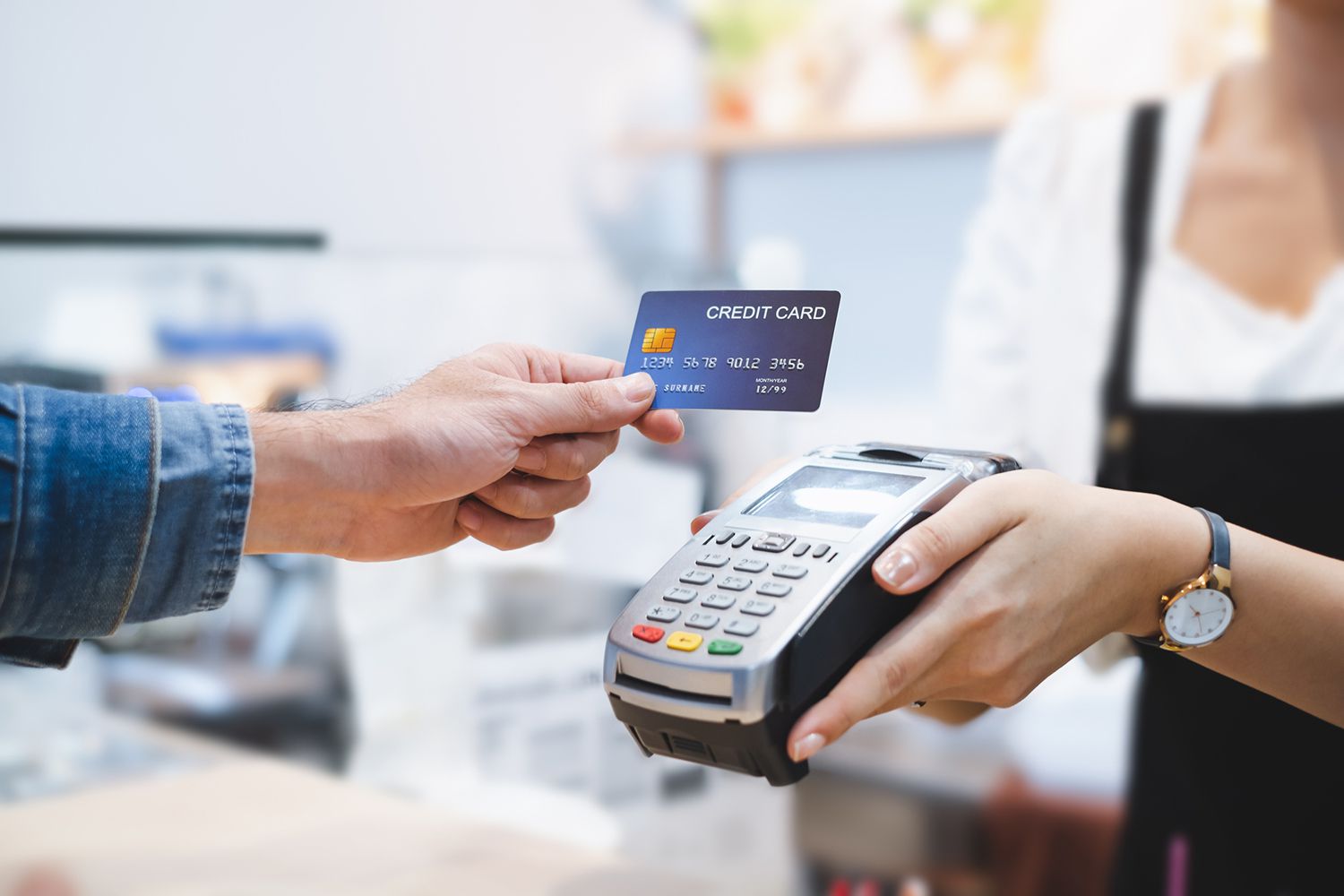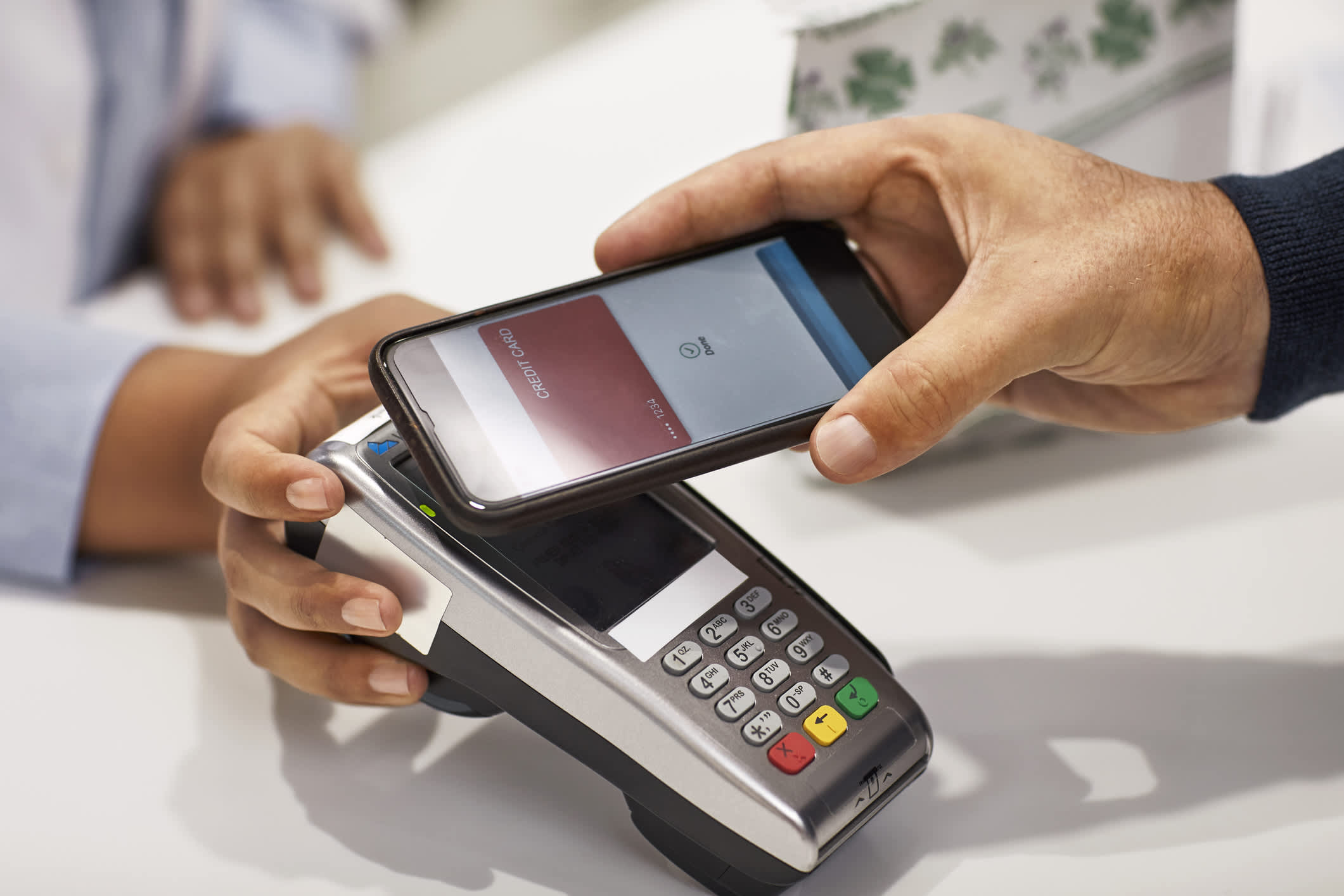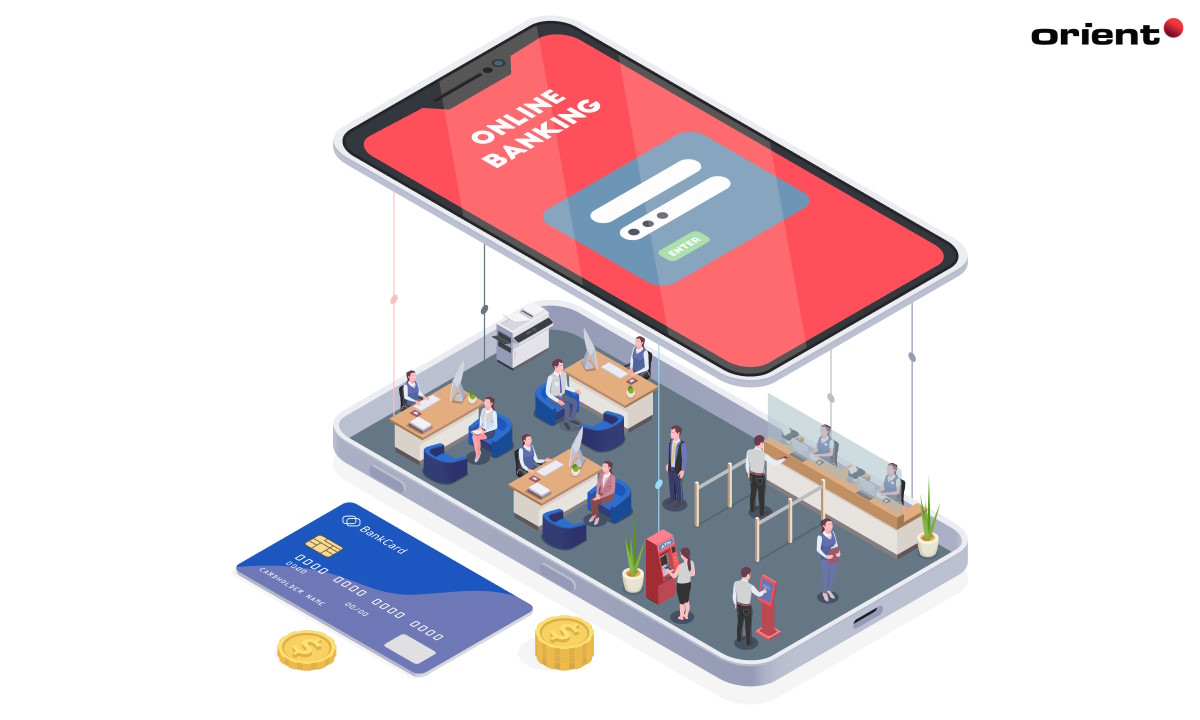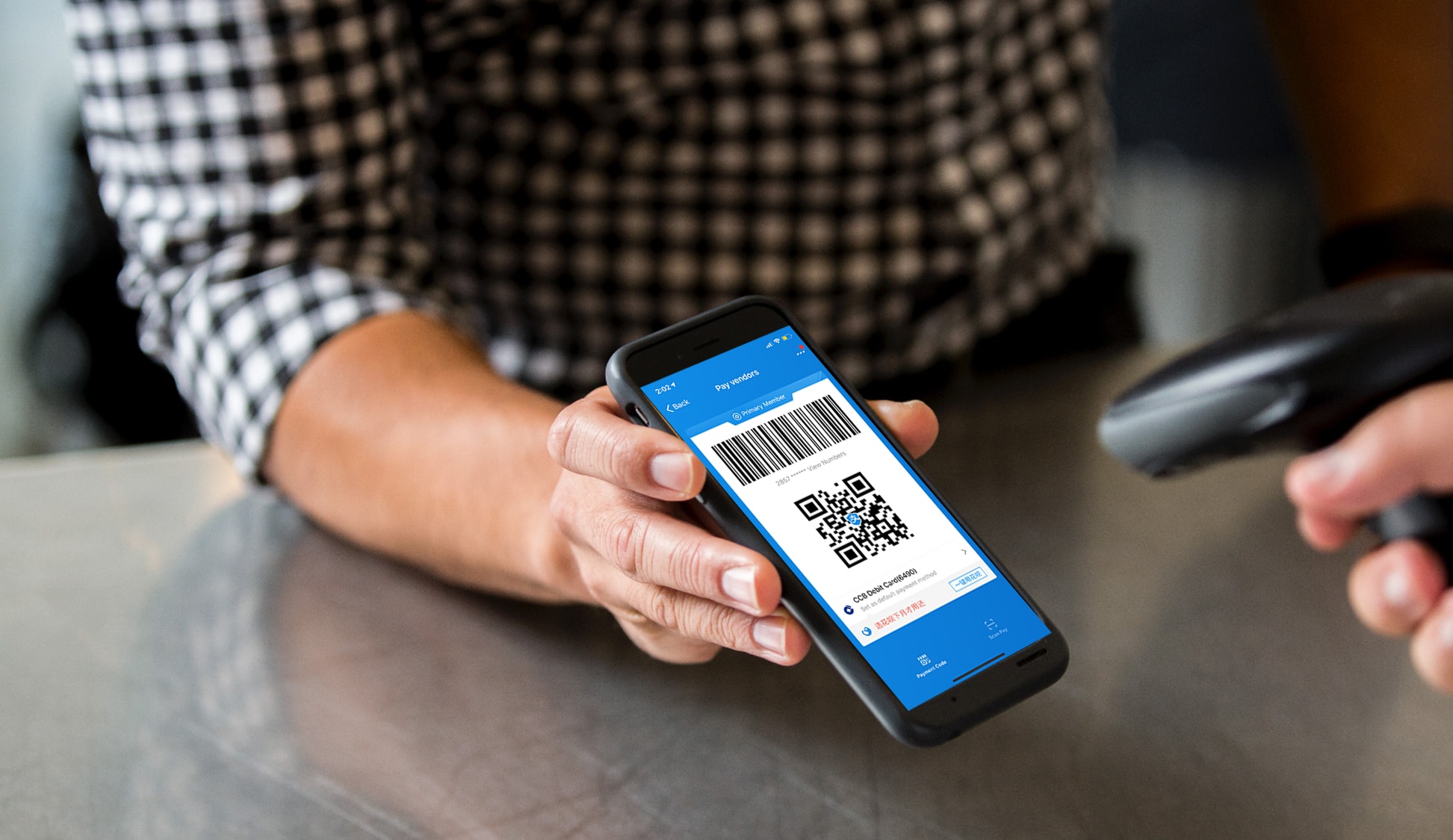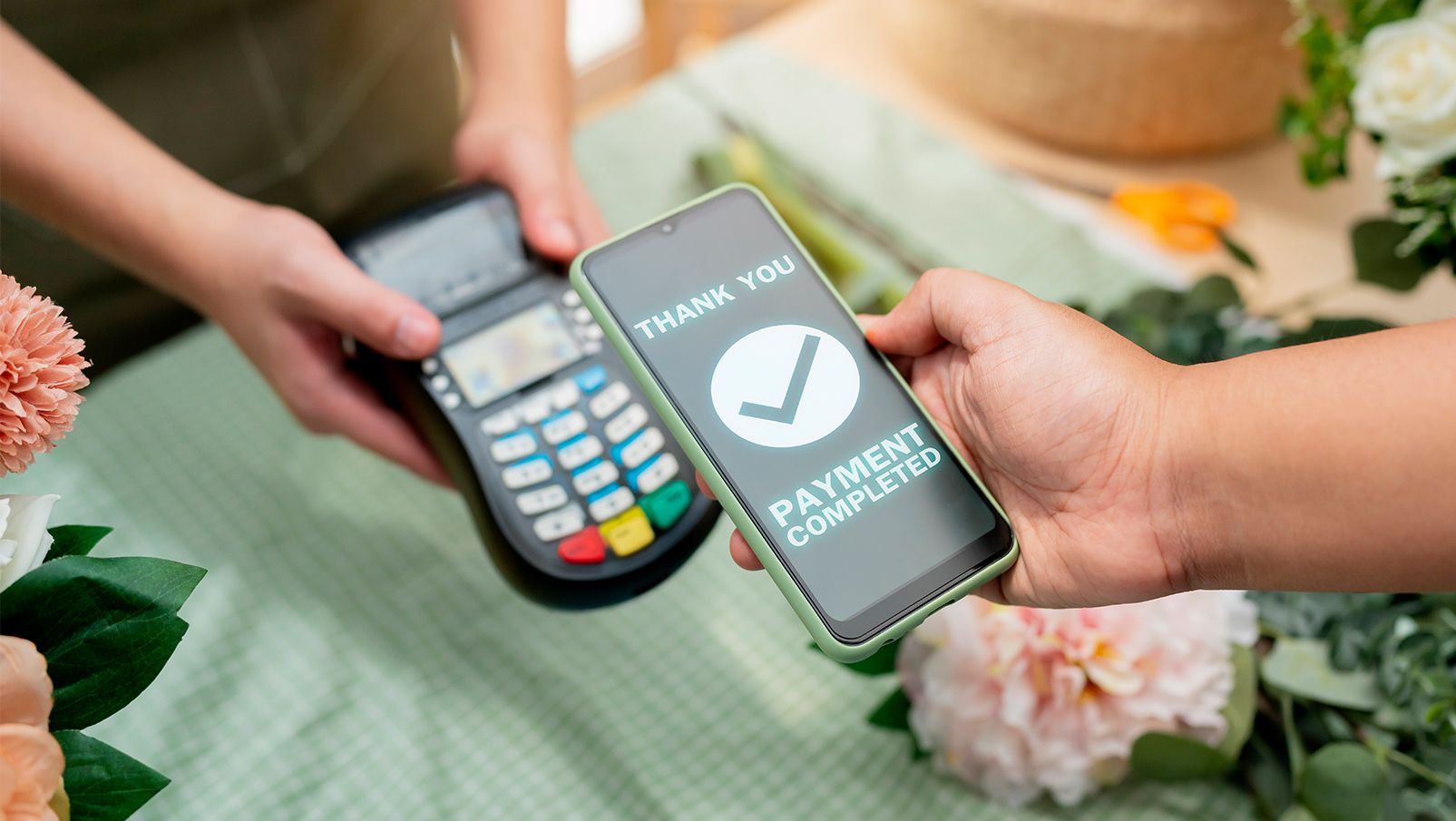

Finance
Who Provides Mobile Payments?
Published: February 27, 2024
Discover the top providers of mobile payments in the finance industry. Find the best solutions for your business and customers.
(Many of the links in this article redirect to a specific reviewed product. Your purchase of these products through affiliate links helps to generate commission for LiveWell, at no extra cost. Learn more)
Table of Contents
Introduction
Mobile payments have revolutionized the way we conduct transactions, offering convenience and flexibility to consumers and businesses alike. With the widespread adoption of smartphones and the advancement of digital technology, the landscape of mobile payments has expanded to include a diverse array of providers. From traditional financial institutions to tech giants and telecommunications companies, the market is teeming with players vying for a share of this burgeoning industry. Understanding the key players in the mobile payments ecosystem is essential for both consumers and businesses seeking to leverage this innovative and efficient form of commerce.
As the demand for seamless, contactless transactions continues to grow, the competition among mobile payment providers intensifies. This article delves into the various entities that offer mobile payment services, shedding light on their unique contributions to this dynamic and evolving sector. By exploring the roles of financial institutions, technology companies, telecommunications companies, retailers and merchants, as well as third-party payment providers, we can gain a comprehensive understanding of the diverse players shaping the mobile payments landscape.
Financial Institutions
Traditional financial institutions, including banks and credit unions, have been pivotal in driving the adoption of mobile payments. These established entities leverage their extensive experience in handling monetary transactions and their robust infrastructure to offer secure and reliable mobile payment solutions. By integrating mobile banking apps and digital wallets, financial institutions empower their customers to conveniently manage their finances and make purchases using their mobile devices.
One of the key advantages of utilizing mobile payment services from financial institutions is the seamless integration with existing banking accounts. This integration streamlines the process of transferring funds between accounts, making payments, and monitoring transactions, thereby enhancing the overall user experience. Furthermore, financial institutions prioritize the security of mobile payments, implementing stringent measures to safeguard sensitive financial data and mitigate the risk of fraud or unauthorized access.
Many financial institutions also collaborate with payment networks to enable their customers to utilize mobile payment platforms such as Apple Pay, Google Pay, and Samsung Pay. These partnerships expand the reach of mobile payment services, allowing users to make secure transactions at a wide range of merchants and service providers. Additionally, financial institutions often provide incentives, such as cashback rewards and promotional offers, to encourage the adoption of mobile payment solutions among their customer base.
Overall, financial institutions play a pivotal role in shaping the mobile payments landscape, leveraging their expertise in financial services to offer secure, convenient, and integrated mobile payment solutions to consumers and businesses.
Technology Companies
Technology companies have significantly influenced the evolution of mobile payments, leveraging their innovative prowess to introduce cutting-edge solutions that redefine the way transactions are conducted. These companies, ranging from industry titans to nimble startups, are at the forefront of developing digital payment platforms, mobile wallets, and contactless payment technologies, driving the convergence of finance and technology.
One of the primary contributions of technology companies to the mobile payments landscape is the development of proprietary payment ecosystems. Companies such as Apple, Google, and PayPal have introduced their own mobile payment platforms, each offering a seamless and secure way for users to make purchases, send money, and manage their financial activities directly from their mobile devices. These platforms often integrate with a wide array of merchants and service providers, expanding the scope of mobile payment adoption.
Moreover, technology companies have been instrumental in advancing the capabilities of near-field communication (NFC) technology, which enables contactless payments using smartphones and other compatible devices. By embedding NFC chips in mobile devices and wearable gadgets, technology companies have facilitated swift and secure transactions, eliminating the need for physical cards or cash.
Beyond facilitating consumer transactions, technology companies also cater to businesses by offering innovative point-of-sale solutions, enabling merchants to accept mobile payments seamlessly. These solutions encompass hardware, software, and analytics tools that empower businesses to optimize their payment processes and enhance the overall customer experience.
Overall, technology companies continue to drive the innovation and expansion of mobile payments, leveraging their technological expertise to create user-friendly, secure, and interconnected payment ecosystems that cater to the evolving needs of consumers and businesses.
Telecommunications Companies
Telecommunications companies have emerged as influential players in the realm of mobile payments, capitalizing on their expansive networks and technological infrastructure to offer diverse payment solutions. These companies, which provide mobile services to millions of subscribers, have leveraged their reach and expertise to introduce mobile payment platforms, digital wallets, and value-added services that enhance the convenience and accessibility of financial transactions.
One of the key contributions of telecommunications companies to the mobile payments landscape is the integration of payment functionalities into mobile devices. By partnering with financial institutions and technology providers, telecommunications companies embed secure payment capabilities into smartphones, enabling users to store payment credentials and conduct transactions with ease. This seamless integration fosters a symbiotic relationship between communication and commerce, empowering users to manage both their mobile services and financial transactions through a unified platform.
Moreover, telecommunications companies have played a pivotal role in advancing mobile money services, particularly in regions where access to traditional banking infrastructure is limited. Through partnerships with financial regulators and local banking entities, telecommunications companies have facilitated the adoption of mobile money platforms, allowing users to store funds, transfer money, and make payments using their mobile devices, thereby fostering financial inclusion and economic empowerment.
Furthermore, telecommunications companies have harnessed their network capabilities to enable secure and efficient mobile payment transactions, leveraging technologies such as SMS-based payments and direct carrier billing. These mechanisms provide alternative payment channels for consumers, particularly in areas with limited internet connectivity or access to traditional banking services.
Overall, telecommunications companies continue to shape the mobile payments landscape by integrating payment functionalities into mobile devices, expanding financial inclusion through mobile money services, and leveraging their network infrastructure to facilitate diverse payment methods, thereby enriching the digital commerce experience for consumers worldwide.
Retailers and Merchants
Retailers and merchants play a pivotal role in the mobile payments ecosystem, driving the acceptance and adoption of diverse payment methods while enhancing the overall customer experience. With the proliferation of digital commerce, retailers and merchants have embraced a spectrum of mobile payment solutions, catering to the preferences of tech-savvy consumers and capitalizing on the opportunities presented by the evolving landscape of retail.
One of the key contributions of retailers and merchants to the mobile payments landscape is the widespread acceptance of mobile payment methods at point-of-sale terminals. By integrating contactless payment technologies, such as near-field communication (NFC) and QR codes, into their payment infrastructure, retailers and merchants enable customers to make swift and secure transactions using their mobile devices. This seamless integration fosters convenience and expedites the checkout process, aligning with the preferences of modern consumers.
Moreover, retailers and merchants have been proactive in leveraging mobile payment platforms offered by technology companies and financial institutions. By integrating these platforms into their e-commerce websites and mobile apps, businesses expand their reach and cater to a broader audience of digital consumers, offering a frictionless payment experience across online and offline channels.
Furthermore, retailers and merchants have embraced mobile loyalty programs and digital gift cards, leveraging mobile payment technologies to enhance customer engagement and retention. By integrating loyalty rewards and incentives into mobile payment platforms, businesses incentivize repeat purchases and cultivate customer loyalty, thereby enriching the overall shopping experience.
Overall, retailers and merchants continue to drive the evolution of mobile payments by embracing diverse payment methods, integrating mobile payment platforms, and enhancing customer engagement through innovative loyalty programs, thereby fostering a seamless and rewarding commerce experience for consumers.
Third-Party Payment Providers
Third-party payment providers have significantly reshaped the mobile payments landscape, offering versatile and agile solutions that cater to the evolving needs of consumers and businesses. These providers, ranging from established payment processors to innovative fintech startups, introduce a diverse array of payment platforms, digital wallets, and value-added services that augment the accessibility and efficiency of mobile transactions.
One of the primary contributions of third-party payment providers is the facilitation of seamless and secure mobile payment experiences across a spectrum of industries. By offering robust application programming interfaces (APIs) and software development kits (SDKs), these providers empower businesses to integrate mobile payment functionalities into their applications and websites, enabling swift and frictionless transactions for their customers.
Moreover, third-party payment providers often specialize in delivering tailored solutions for specific business sectors, such as e-commerce, hospitality, and transportation. By customizing payment experiences and addressing industry-specific requirements, these providers enhance the operational efficiency of businesses while optimizing the checkout experience for consumers, thereby fostering a symbiotic relationship between technology and commerce.
Furthermore, third-party payment providers are instrumental in advancing the capabilities of peer-to-peer (P2P) payments, enabling individuals to seamlessly transfer funds and split expenses using mobile devices. By leveraging secure and user-friendly P2P payment platforms, consumers can conduct person-to-person transactions with ease, eliminating the complexities associated with traditional payment methods.
Overall, third-party payment providers continue to drive innovation in the mobile payments landscape, offering tailored solutions for diverse industries, empowering businesses to integrate mobile payment functionalities, and enhancing the accessibility of peer-to-peer transactions, thereby enriching the digital commerce ecosystem for consumers and businesses alike.
Conclusion
The mobile payments landscape is a dynamic and multifaceted arena, shaped by the contributions of diverse entities that span traditional financial institutions, technology companies, telecommunications firms, retailers and merchants, and third-party payment providers. As the demand for seamless, contactless transactions continues to surge, the collective efforts of these players have propelled the evolution of mobile payments, redefining the way individuals and businesses engage in financial transactions.
Financial institutions have harnessed their expertise to offer secure and integrated mobile payment solutions, leveraging their extensive experience in handling monetary transactions to provide consumers with convenient and reliable digital payment platforms. Technology companies have been at the forefront of innovation, introducing proprietary payment ecosystems and advancing contactless payment technologies, thereby reshaping the digital commerce landscape.
Telecommunications companies have leveraged their expansive networks to integrate payment functionalities into mobile devices, fostering a harmonious convergence of communication and commerce while driving financial inclusion through mobile money services. Retailers and merchants have embraced diverse mobile payment methods, enhancing the customer experience by integrating contactless payment technologies and loyalty programs into their commerce strategies.
Meanwhile, third-party payment providers have introduced agile and tailored solutions, empowering businesses to seamlessly integrate mobile payment functionalities and enhancing the accessibility of peer-to-peer transactions, thereby enriching the digital commerce ecosystem.
Collectively, these entities have catalyzed the proliferation of mobile payments, offering consumers and businesses a spectrum of secure, convenient, and interconnected payment solutions that align with the evolving dynamics of digital commerce. As the mobile payments landscape continues to evolve, the collaborative efforts of financial institutions, technology companies, telecommunications firms, retailers and merchants, and third-party payment providers will play a pivotal role in shaping the future of mobile transactions, fostering innovation, and enriching the global commerce experience.




